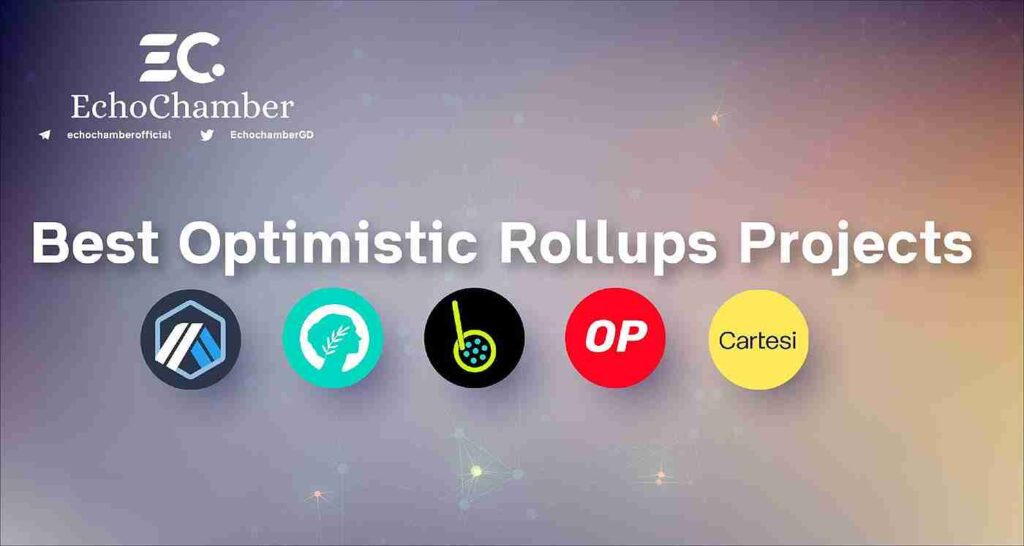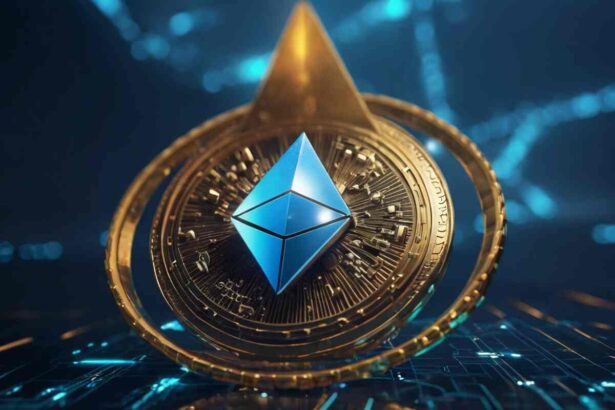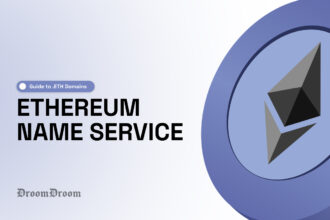Layer-2 protocols often charge a fraction of gas fees compared to Ethereum. These chains use a process called Rollup to process multiple transactions at the cost of one. Though this is less secure, it helps them achieve high transaction throughput at a very low cost.
In this article, we will dive into the exact details of each method used by layer-2 scaling solutions to keep their gas fees low and affordable while keeping their chain safe.
At the end of the article, we will also look at a revolutionary technology that helped further reduce L2 fees.
Grab a sneak peek at the top Layer-2 scaling projects in 2024.
What Are Rollups?
Rollups are off-chain scaling solutions that utilize layer-2 chains as storage spaces. Transactions done on Layer-2s are written in these spaces and processed in batches rather than individually, which helps process multiple transactions at the cost of just one.
Also, as layer-2 chains have to get their transactions finalized from Ethereum, processing a batch of transactions instead of single ones helps them save on gas costs. These chains can then transfer these benefits to users, who now have to pay just a fraction of the fee compared to Ethereum.
The Ethereum blockchain processes transactions individually; therefore, it must pass through several validators before it is finalized.
Here is a series of tweets that explain why Ethereum Rollups matter.
How Do Rollups Work?
We have broken down the working of rollups into four steps to explain better how these transactions work.
Transaction Initiated
As soon as a transaction is initiated via an Ethereum Layer-2 solution, it is added to other transactions in a layer-2 block. As soon as the transaction is initiated, it is verified by Layer-2 validators and then piled up to create a rollup.
Sometimes, no verification is done before creating a pile of transactions. In those cases, the verification is only done if the Merkle root does not accurately represent the state changes before and after the creation of rollup.
Creating a Rollup
When individual transactions fill up to a desired number or within a specified time frame, these transactions are noted in an L2 block, and their summary is generated. These groups of transactions are called rollups.
Summary Gets Submitted to L1
The summary of these transactions is then sent to the layer-1 blockchains (e.g., Ethereum) for a final verification. The layer-1 chain evaluates three things before validating the block: the state of the L2 chain before the block (the initial state), changes introduced by the block, and the state of the L2 chain after the block, i.e., the final state.
Logically, the change introduced by the block should be the difference between the initial and final states. If these things do not line up, then the entire block is re-checked, and bad transactions are tracked using its Merkle Tree.
Want to build a strong career in blockchain? Take a look at these must-have skills.
Finalization
Once the block is legitimate, its summary is included in the Ethereum blockchain as a single transaction, finalizing the block.
It is because of this process that Layer-2s are able to process multiple Layer-2 transactions at the cost of one Ethereum transaction. Subsequently, the per transaction cost on Layer-2s are a fraction of Ethereum transactions.
Types of Rollups
There are several types of Rollups in use, such as zk rollups and optimistic rollups. Though they all vary in how they work, they all achieve the same goal: processing multiple transactions at the cost of one.
ZK Rollups

Zero Knowledge Rollups are those that work exactly in the above-mentioned way. They use Layer-2 storage spaces (blocks) to store transactions and then submit the summary to the Layer-1 chain for final approval.
Since the layer-1 chain, which is, in most cases, mostly Ethereum, has no knowledge of individual transactions, the process is called Zero-Knowledge Rollups.
Examples of ZK Rollups: Polygon PoS
Optimistic Rollups

Optimistic Rollups use additional storage spaces in Ethereum, known as “Call Data spaces,” to store individual transactions. However, they only submit the summary for validation.
These rollups trust the individual transactions to be valid as they come, and they are questioned only if the state changes do not line up properly. Therefore, they are known as Optimistic Rollups due to their trust in each transaction unless proven otherwise.
Examples of Optimistic Rollups: Optimism
Ethereum Blobs, The New Age On-Chain Rollups
With the introduction of the Dencun Upgrade, the layer-2 fees have dropped even lower due to a feature called blobs. Below is the gas price history from Polygon, the most popular layer-2 chain.

The Dencun Upgrade introduced a feature called “blobs,” which enabled Layer-3s, such as Uniswap v3, to store transactions on blobs, thereby freeing the Ethereum blockchain for others. This reduced congestion led to a reduced gas demand in Ethereum. Ultimately, this led to a lowering of gas prices on Ethereum.
The low gas fee on Ethereum helped Layer-2s drop their gas prices further. The result of this further reduction in L2 fees can be seen in the above diagram. You can note that the Polygon gas prices in June are significantly lower than in April.
Conclusion
Transaction costs on layer 2 are dependent on Ethereum gas prices. Since layer-2 transactions are processed at a fraction of Ethereum’s transactions, they cost less. This process uses rollups to summarize Layer-2 transactions and validate the entire block as a single transaction on layer-1, saving time and cost.
At the same time, since the layer-1 chain has more security, it helps layer-2s offer nearly as good security as Ethereum but at a lower cost.



















